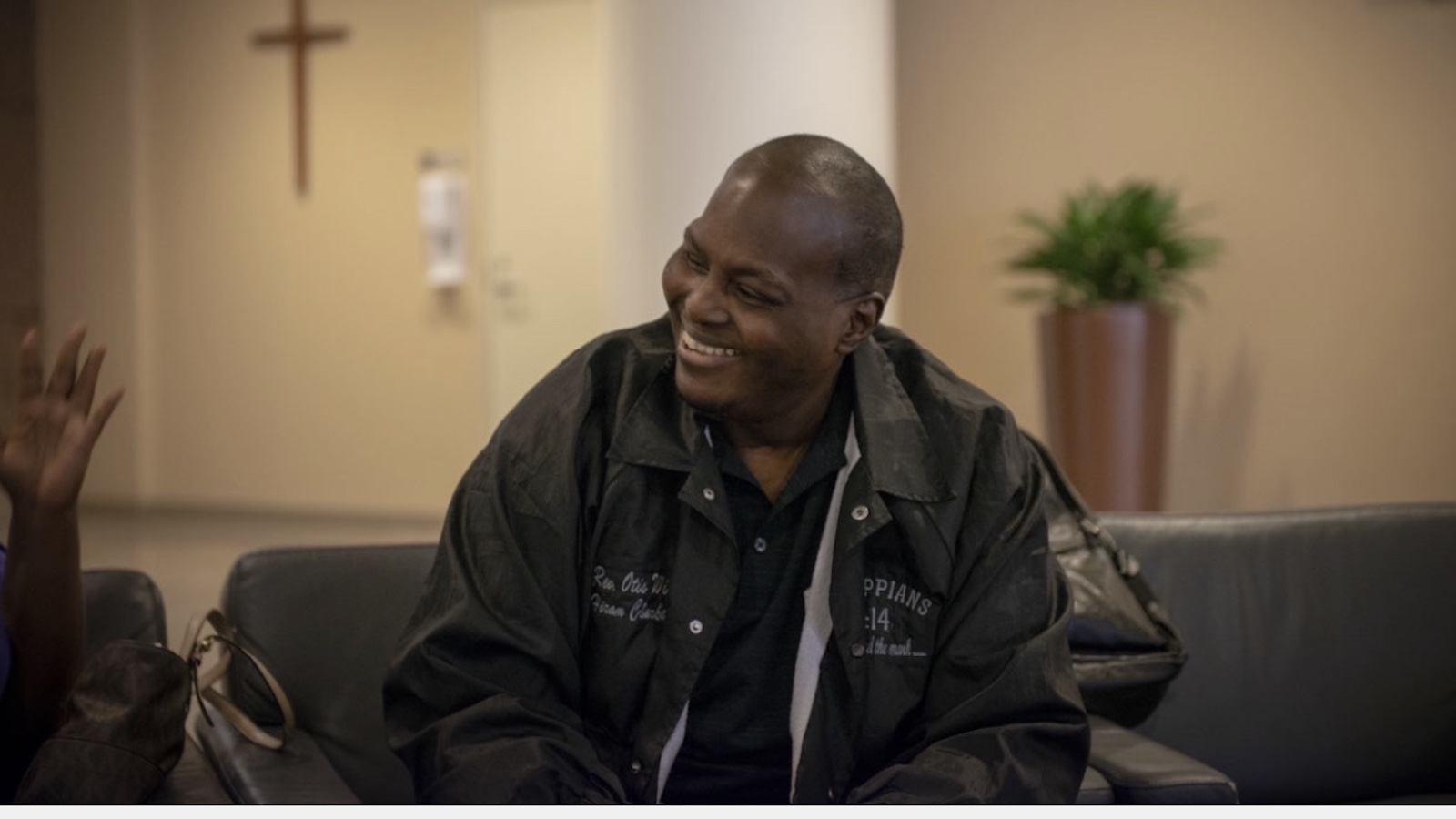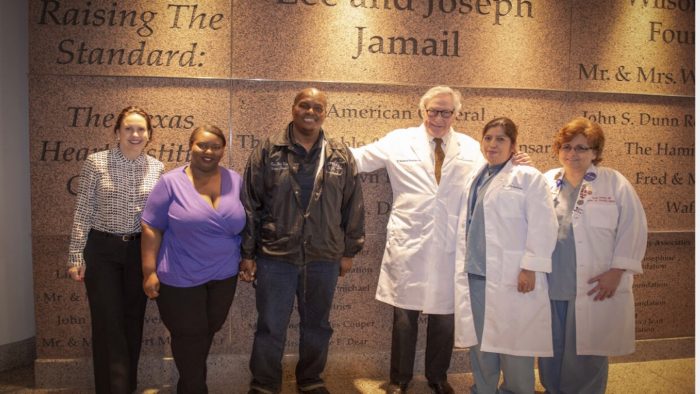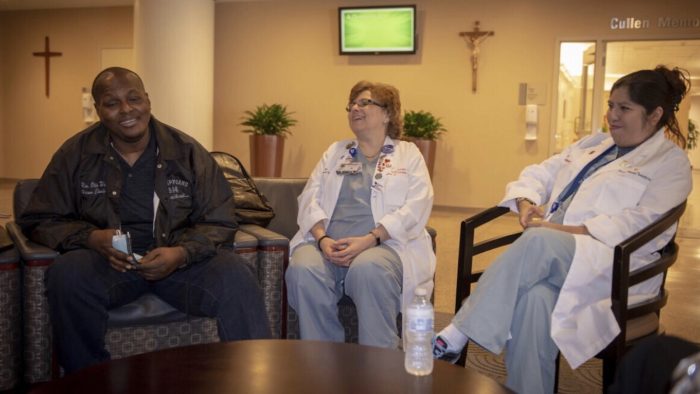Houston Gospel Singer Celebrates Life

Gospel singer Rev. Otis Wimberly’s arms and legs ballooned one day in 2011, a sign of serious heart failure, and he could hardly walk without gasping for air.
“I felt like I was drowning,” he told the Texas Medical Center News recently. It was a sign of fluid in his lungs.
The symptoms kept Otis from fully participating with his New Orleans group, The Wimberly Family Gospel Singers. But, they alerted him to a serious problem and saved his life.
Heart failure was pulling Otis away from his passions — his family, his community and 40 years of performing in concerts and music festivals, including the New Orleans Jazz & Heritage Festival.
Then, Dr. O.H. Frazier gave Otis a second chance with a left ventricular assist device (LVAD) that allowed his failing heart and body to grow stronger and healthier before the stress of a transplant surgery. It was exactly what Otis needed before his heart completely stopped.
Today Otis and his family are celebrating life and he is preparing to sing at Jazz Fest in New Orleans in April with his family.
As we celebrate with Otis and his family, we are also honoring the medical milestone that launched the hope of using LVADs as a bridge to transplant.
Fifty years ago today, Texas Heart Institute founder Dr. Denton A. Cooley performed the world’s first total artificial heart implant in a human with a failing heart much like Otis Wimberly’s. It was a significant medical milestone that paved the way for mechanical devices like LVADs to be used as a bridge to transplant.
Learn more about this day in history and read Wimberly’s story by TMC’s Shanley Pierce.
Houston gospel singer transitions from heart failure to heart pump to heart transplant
50th Anniversary of the World’s First Total Artificial Heart







